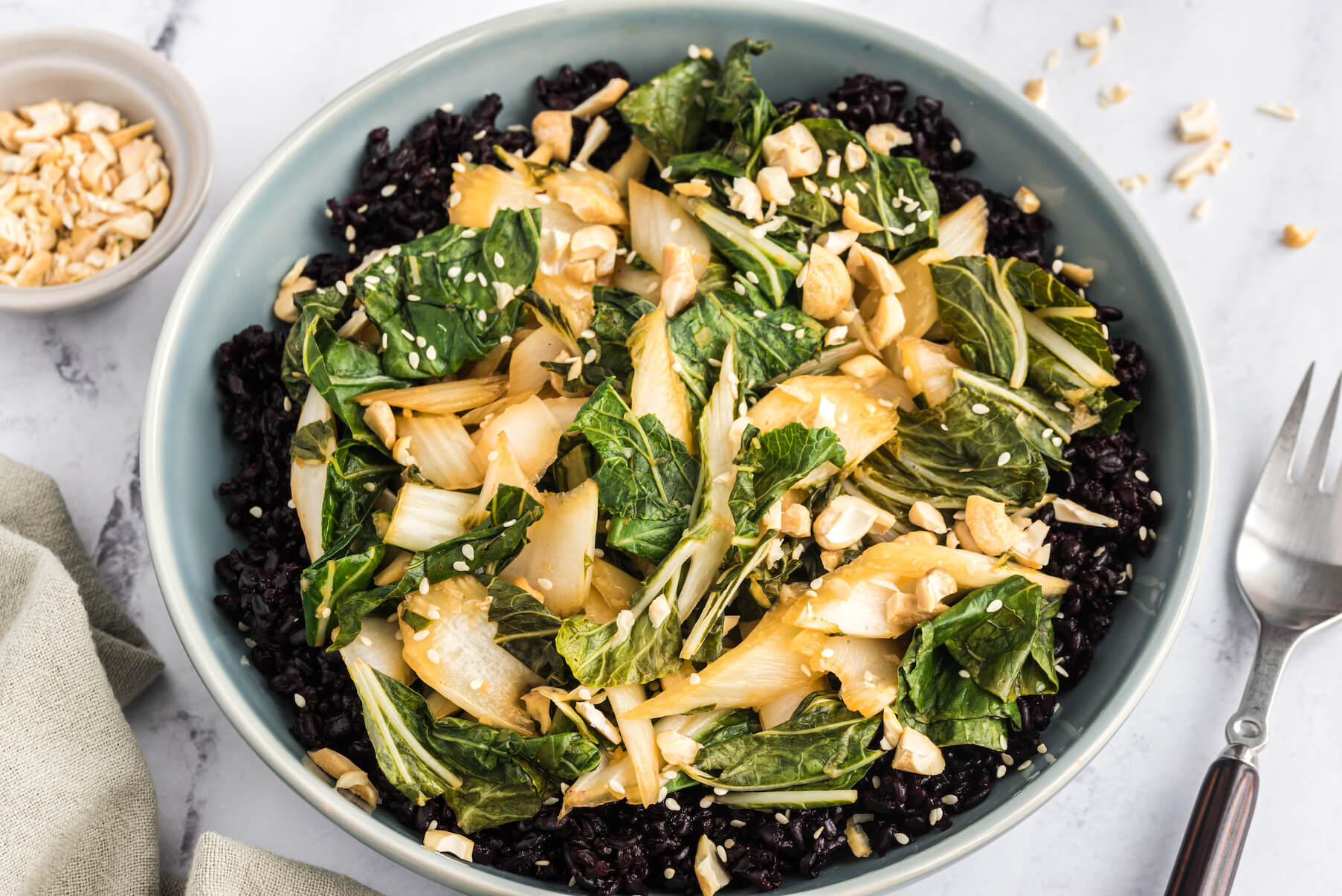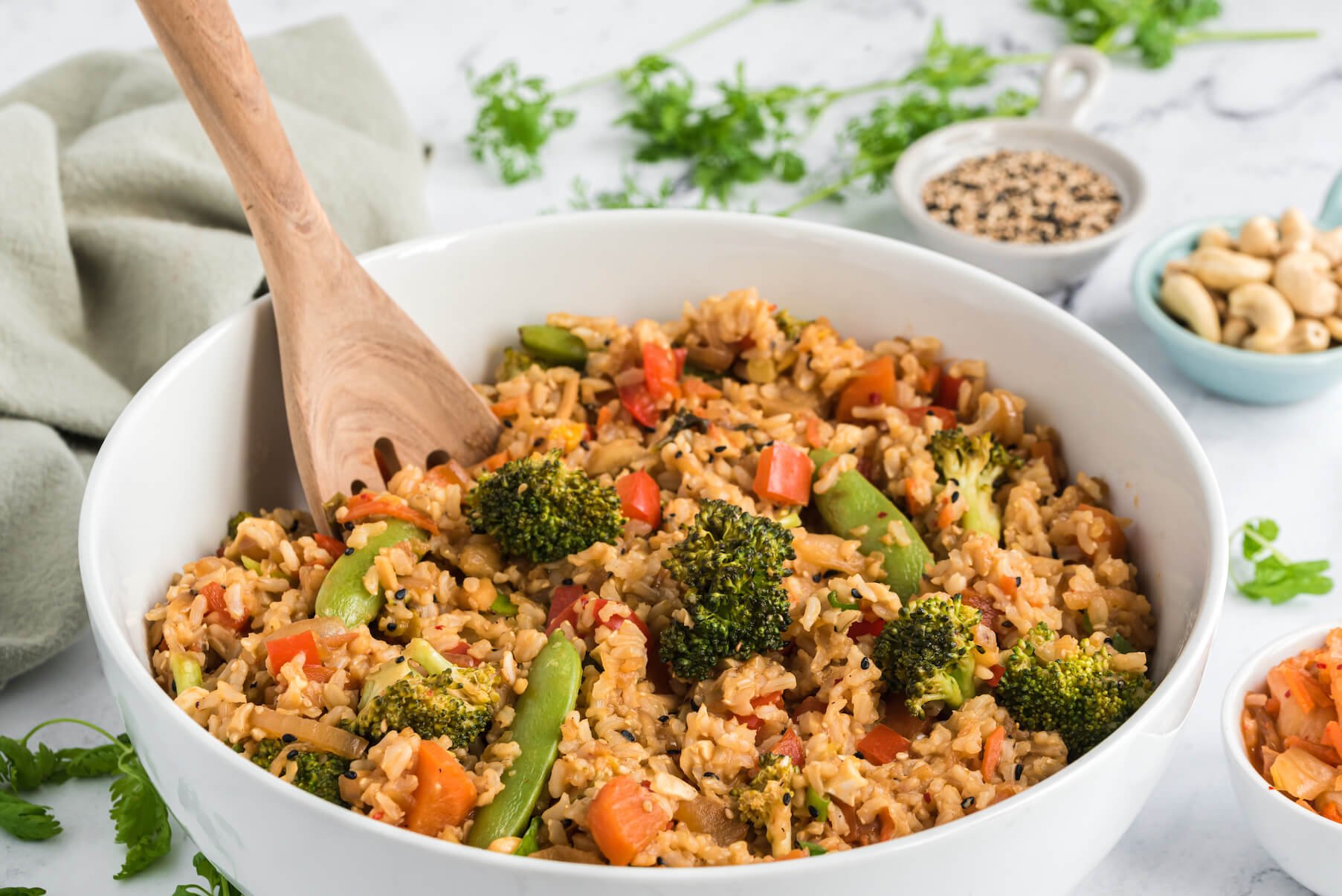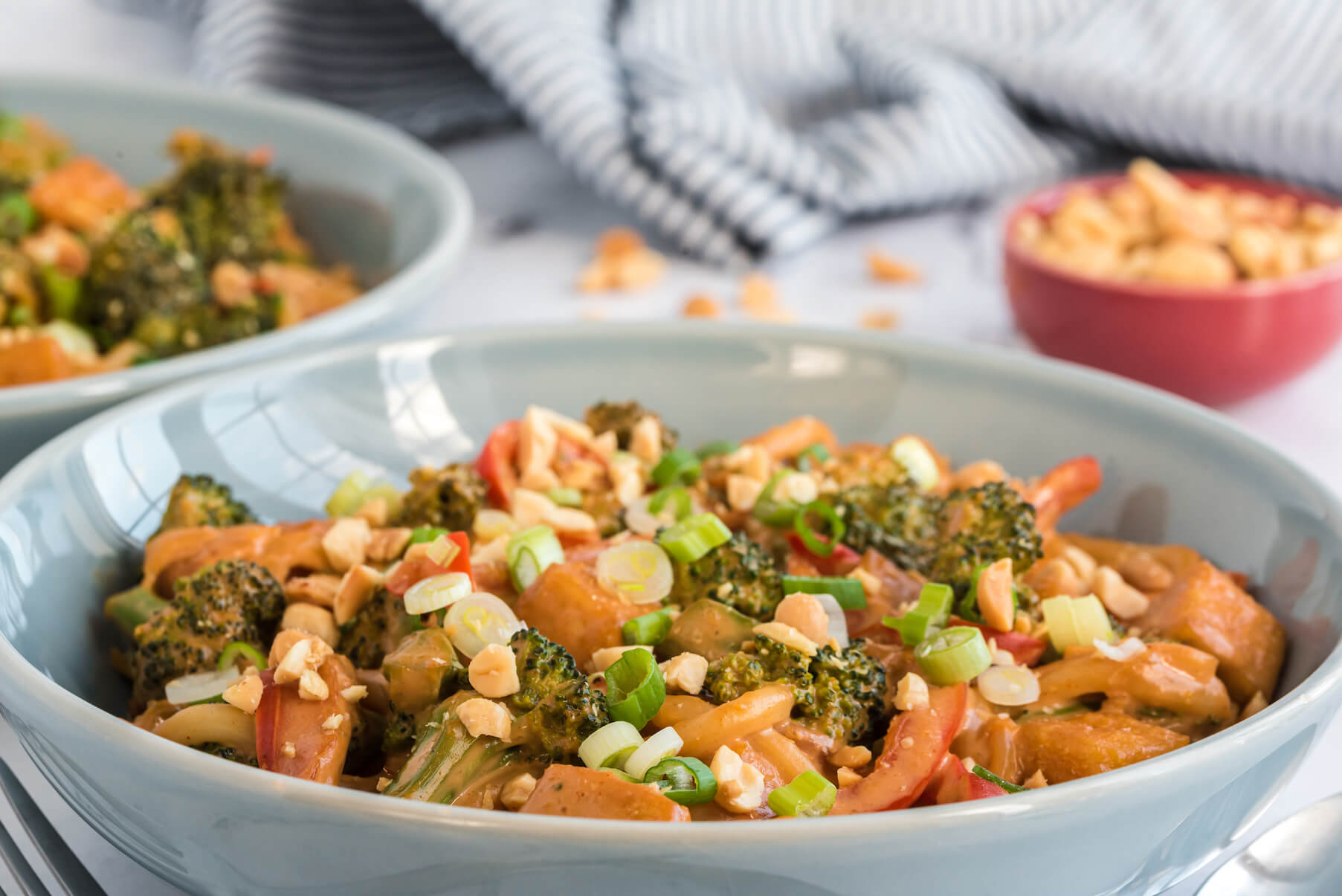“Ni hao ma?”
It’s often the first thing taught to kids when they learn Mandarin Chinese, and it basically means, “How are you?”
Of course, that’s not how the greeting is written in Mandarin. That would be 你好吗. But Westerners trying to get around Beijing or Shanghai needed a way to render the Chinese characters into something they could recognize. And given the vast differences between Chinese and the vocalizations and worldviews of Romance and Germanic languages, this was no easy task.
For example, take the Mandarin syllable “ma.” Depending on the tone used by the speaker, it can mean mother, hemp, horse, or scold. Or, as in the case of the greeting above, it can transform a declarative statement into a question.
Can you see how this sort of ambiguity can make cross-language understanding a bit dicey? And that’s to say nothing of the famously cringeworthy attempts by Western companies to advertise in China — KFC’s “Finger-licking good” turned into “Eat your fingers off,” and Pepsi’s “Pepsi adds life” promised that “Pepsi brings your ancestors back from the dead.”
Enter one of the most important scholars of the 20th century, the Chinese linguist, poet, composer, and scholar Yuen Ren Chao. Blessed from an early age with a natural gift for languages and an exquisite ability to distinguish between very similar accents and dialects, Chao was instrumental in creating the Gwoyeu Romatzyh, a system for writing Mandarin Chinese in Roman characters. His system, unlike previous attempts, was flexible enough to prevent many of the ambiguities that can lead to translation errors and greatly facilitated cultural, scientific, and commercial exchanges between China and the West.
The Globalization of Chinese Food Through Stir-Fry
Unless you’re a Chinese speaker or an expert on Chinese history and culture, you may not be aware of the influence of Chao’s work on your life.
With one exception.
In 1945, Chao’s wife, the physician and writer Buwei Yang Chao, published an English language Chinese cookbook, How to Cook and Eat in Chinese, one of the first books to bring the techniques of Chinese cooking to America. She enlisted her linguist husband to translate some of the more unfamiliar terms and techniques. And in that book, the phrase “stir-fry” entered the English language.
Since the publication of the book, stir-frying has gone global. Many of the dishes you can order from a Westernized Chinese restaurant are stir-fries, as we call dishes prepared using the technique.
But cooked in unhealthy oils, high in sodium and sugar, and often high in animal products like chicken broth and beef, these entrées may hyperstimulate our taste buds at the expense of our health.
The good news is, it’s pretty easy to make delicious stir-fries at home. You can prepare them quickly, which makes them a good option for busy weeknights. They’re versatile and can accommodate a wide variety of ingredients, which means you can express your creativity in the kitchen. I’d bet that you can probably throw one together with whatever you’ve got in your fridge and freezer, or on your counter, right now.
And, of course, you have control over the ingredients, so you can make your stir-fries as healthy as you like, full of tasty and nutrient-rich, plant-based ingredients.
In this article, you’ll discover what you need to make a stir-fry, including different ingredient options and kitchen tools, and even how to stir-fry oil-free. Plus, you’ll get a handful of delicious, plant-based stir-fry recipes to try.
What Is Stir-Fry?
Stir-fry refers both to the cooking technique and the dish that technique creates. Traditionally, food is cooked in oil, in a wok or similar cooking pan, over high heat. The “stir” part means that you’re stirring rapidly to heat and sear the individual ingredients without letting them burn or turn mushy. As Chinese chef, Martin Yan is fond of saying, “Remember it’s called stir-fry, not stare fry — it means you keep tossing it, you don’t stand there and just stare at it.”
Stir-frying is similar to sautéing but done hotter and faster. Woks, with their small heated area and high sides, are ideally suited to this because they allow you to toss the ingredients well without them soaring out of the pan. (If I might be permitted a little pun in homage to Martin Yan, “It’s called stir-fry, not stir fly.”)
Because the heat is centered — and largely limited to — the bottom center of the pan, you can cook ingredients evenly by rotating them into the center and up to the cooler sides as needed.
Stir-fries often include meat, but it’s easy to omit. You can transition to purely plant-based stir-frying by using animal-free meat analogues, adding tofu or tempeh, or keeping it simple and just cooking fresh and frozen veggies along with any desired whole grains.
How to Make Stir-Fry
Let’s start with techniques, cover the equipment you’ll need, and then explore the wide variety of ingredients you can use in your stir-fries. We’ll finish up with a few stir-fry recipe examples to get you going.
There are three basic steps to stir-frying.
Step 1: Make a Sauce
The flavor profile of the many stir-fry sauces out there generally includes salty, sweet, and sometimes creamy. They’re often based on pungent or spicy ingredients, such as garlic, ginger, lemongrass, or chilies. Make enough to satisfy the culinary dictum, “No dry bites,” which refers to each solid element of the dish carrying at least some of the sauce on it.
Step 2: Cut and prep your ingredients
Because the timing and pacing are so important in stir-frying, having all your ingredients ready to go before you begin to heat your wok or pan is essential. Choose a shape and size for each ingredient that allows everything to cook evenly. You don’t want large raw pieces of broccoli alongside small florets that have turned to mush.
Some ingredients, like fresh produce, can go in as-is. Others, such as tofu and tempeh, can benefit from marinating in a sauce from 20 minutes to overnight.
Step 3: Adding in Stir-Fry Ingredients
Begin by heating your wok — don’t start adding ingredients or liquids to a cold wok.
The traditional method involves heating the wok first, then coating it in a thin film of oil and allowing it to get hot before adding the rest of the ingredients. One of the best oils for stir-fry is light sesame oil, because of its neutral flavor and high smoke point.
(The smoke point of an oil is the temperature at which it begins to smoke. Once an oil reaches this point, it gives off toxic fumes and starts producing free radicals that can create inflammation and lead to disease.)
Go easy on the sesame oil because of its high omega-6 to omega-3 ratio. As a matter of principle, go easy on any oil in stir-frying; you’re looking to lightly coat, not submerge, your food.
An alternative with a more favorable fatty acid ratio, as well as a high smoke point, is avocado oil. (For more on the pros and cons of avocado oil, and how to get the “real thing,” click here.)
How to Stir Fry Without Oil
If you prefer oil-free stir fry, you can keep the food from burning or sticking with water, vegetable broth, (very) diluted soy sauce, or a soy sauce alternative (such as Bragg’s Liquid Aminos or Coconut Aminos), or some extra sauce from your recipe. If you aren’t using any oil, you’ll probably need to use lower temperatures, in general, in order to prevent sticking.
Depending on the quality of the wok and the evenness of the heat source, you may be able to begin stir-frying with a dry pan, adding liquid to prevent burning. Or you can start with the liquid.
One way to tell if the wok is hot enough is to splash a few drops of water onto its surface — if they ball together and “dance” for a couple of seconds before evaporating, you’re ready to start frying. (That’s only true of stainless steel — water droplets on non-stick pans will not exhibit this behavior.)
Do the Stir-Frying
Once the wok is hot, start adding your ingredients. If you’re using an uncooked protein-rich ingredient, such as marinated tofu, start with that one and stir-fry until crisp on the outside and tender on the inside.
Next, add any spices to the wok and let them heat up to release their flavors.
Then toss in your veggies, one at a time, starting with the ones that take the longest to cook. You can keep laying ingredients in, or if you want to get more elaborate, you can remove early ingredients to a separate pan when they’re cooked, and add them back right before serving.
Just before the veggies are fully cooked, coat the entire contents of the wok with sauce and stir to mix it fully and evenly with the ingredients. You can add toppings directly into the wok before serving individual portions, or allow your diners to help themselves to the toppings once their meal has been plated.
Stir-Fry Pans & Other Cooking Tools
To create an authentic stir-fry in which the ingredients are cooked but still crispy, you need a pan that can produce sufficient heat, and that allows you to stir and toss ingredients somewhat vigorously.
If you don’t want to invest in a wok and you have a large pan, that could serve. For example, here’s a large cast-iron skillet that’s a reasonable alternative. The size and shape are somewhat wok-like.
If you choose to go with a wok, you can opt for Mandarin or Cantonese styles. Mandarin woks, such as this carbon-style model, have one long handle and a flat bottom, which makes them suitable for electric and induction burners. Cantonese woks come with two small handle grips, which make it easier to shake the whole pan to move the ingredients around. They also tend to have rounded bottoms, which are more appropriate for gas burners. (You may need a wok stand if your burner grill doesn’t provide enough stability or depth.) Here’s a cast-iron wok (with a flat bottom) that is relatively inexpensive.
Stir-fries are generally served on top of noodles or grains, which you’ll cook in a separate pot. We’re big fans of Xtrema here at Food Revolution Network. Here’s a really nice ceramic stock pot (that won’t work on an induction stove) which you can get in sizes ranging from 1.5 to 5.5 quarts. There’s also a lot to love about the Instant Pot.
Utensils for the actual stirring will also come in handy. While technically lots of things can do this job, including regular wooden spatulas or even stainless steel stirring spoons (for metal pans only), you may enjoy using a tool designed specifically for the task, such as this bamboo-handled wok spatula (again, for metal surfaces only).
A sharp chef’s knife will make cutting the veggies not only easier but much safer than using a dull knife. If you like the shape and feel of German kitchen knives, this Zwilling 8” chef’s knife is a high-quality and relatively inexpensive choice.
A couple of optional tools you might want to check out once you commit to wok life (or, as Lou Reed might have put it, taking a “wok on the wild side”) are a wok brush, which you can use to clean your wok without scratching it, and a wok spoon, which can serve double duty as a stirrer and serving ladle.
Stir-Fry Ingredients
Now that you know how to stir-fry and what equipment to use, let’s talk about the food itself. The heart of your plant-based stir-fry will be your veggies. You can be minimalist, and limit a dish to a single veggie, such as the ubiquitous broccoli, or the always-better-in-season and less common asparagus. Or you can mix and match, experimenting with different combinations. An easy first step is to let someone else decide for you, by dumping the contents of a stir-fry veggie mix, either fresh or frozen, into your hot wok.
Best Stir Fry Veggies
Here’s a short list of the veggies you might consider including in your stir-fry:
- Stir-fry vegetable mixes (fresh or frozen)
- Asparagus
- Broccoli
- Bok choy or other cruciferous greens
- Bean sprouts
- Bell peppers
- Onions
- Mushrooms
- Carrots
- Baby corn
- Snap peas
- Bamboo shoots (either canned, frozen, or fresh from an Asian grocery store)
Chewy and Umami Stir-Fry Ingredients
To add chewiness and/or umami flavor, you can add any of the following meat-free (and generally protein-rich) options:
- Organic tofu
- Organic tempeh
- Organic seitan (can be very tasty, though definitely not gluten-free)
- Commercially produced meat analogues
- Organic edamame (fresh soybeans)
- Nuts
- Jackfruit (learn more about this versatile fruit that you cook like a vegetable and that can taste like chicken shreds or pulled pork)
- Mushrooms (button, shiitake, Lion’s Mane, portobello, etc.)
Stir-Fry Bases
The base of your stir-fry, usually noodles or rice, should be able to soak up the flavors of the sauce and stand up to the veggies. If you’re avoiding gluten, some varieties of Asian noodles that aren’t made from wheat include rice and mung bean noodles, and noodles made from sweet potato starch and kelp.
Rice is a common stir-fry base. You can keep the rice separate from the veggies until you mix them in a bowl or plate, or you can add cooked rice to the wok with the rest of the ingredients to create a fried rice dish. Other grains that you can use the same way include quinoa, wild rice, buckwheat, and millet.
If you’re avoiding all grains and cereals, you can still rock a wok. Serve the stir-fry over cauliflower rice, or spiralize zucchini or sweet potatoes to mimic noodles. You can even use a crunchy-leaf variety of lettuce such as Boston, Bibb, or butter.
(Optional) Fruit in Stir-Fry?
Some tropical fruits can add sweet and/or sour notes that meld nicely with a sauce. These include pineapple and mango. You might also experiment with certain dried fruits, too, such as raisins and currants.
Vegan Stir-Fry Sauces
You can try many different kinds of (organic) soy sauce-based sauces on your journey to becoming a soy sauce-based sauce sorcerer (and don’t get me started on where to source the soy sauce for your soy sauce-based sauces). What I’m trying to say, before you get too ex-sauced-ted, is that it can be fun to make your own stir-fry sauce.
You can use tamari (we generally prefer reduced-sodium), which is a soy sauce made without wheat (or with very little; if you’re gluten-sensitive or intolerant, be sure to read the label), or avoid the soy entirely and add a little sweetness with coconut aminos.
To add depth of taste and some healthy fats, you can try nut or seed butter sauces that may include peanut butter, tahini or ground sesame seeds, cashews or cashew butter, or sunflower seeds or sunflower butter.
Stir-Fry Seasoning with Herbs & Spices
To ramp up the flavor and health of your stir-fries, generously include your favorite herbs and spices. Here’s a short list of stir-fry all-stars.
- Ginger
- Garlic
- Onion
- Lemongrass
- Chinese 5-spice
- Whole peppercorns
- Chili pastes or chili sauces (Thai and others)
Stir-Fry Toppings
A good topping can add a complementary flavor or texture to a stir-fry, as well as adding visual appeal. Here are some suggestions for healthy stir-fry toppings:
- Sesame seeds (black or white)
- Seaweed flakes
- Kimchi and other fermented vegetables
- Jalapeños or other hot peppers (fusion anyone?)
- Fresh herbs like Thai basil or cilantro
- Green onions
Vegan Stir-Fry Recipes
As it’s been said, variety is the spice of life. But, in this case, stir-fry is the spice of life! Whether you are a stir-fry connoisseur or a newbie, these vegan and plant-based stir-fry recipes are sure to become staples in your culinary repertoire!
Sweet Chili Broccoli and Tofu Stir-Fry is the best of both worlds with sweet and spicy notes that are deliciously satisfying. Coconut Red Curry Tempeh and Veggies takes inspiration from classic Thai curry dishes, but you might find our version a bit lighter and, of course, it’s brimming with nutrition! Veggie Lo Mein is a stir-fried masterpiece — who doesn’t love a good noodle to veggie ratio? And Ginger Carrot Edamame Noodles is an updated twist on traditional Asian noodle flavors that’s bursting with fresh and savory flavors.
Savory Bok Choy Stir-Fry delivers a surprising delight that is sure to be a new favorite way to eat leafy greens! And speaking of surprises, Kimchi “Fried” Rice is a game-changer if you want fried rice with all the taste and none of the oil. Last but not least, with its somewhat tangy, slightly spicy, and delightfully aromatic sauce, Spicy Peanut Tofu and Broccoli is a must-try. No matter which stir-fry you choose, we hope you have a blast while you rock your wok!
1. Sweet Chili Broccoli and Tofu Stir-Fry
Crispy baked tofu, tender broccoli, and chili sauce add a little sweetness with a kick to our stir-fry roundup! Ready for some fun nutrition facts? Cruciferous veggies like broccoli contain a powerful phytonutrient, called sulforaphane, which has been shown in research studies to prevent certain types of cancer and protect your heart. Tofu has plenty of nutrition thanks to its essential minerals like calcium, iron, and selenium. The combination of baked tofu with oil-free, stir-fried veggies and sweet chili sauce is not only wholesome but a recipe for the entire family.
2. Coconut Red Curry Tempeh and Veggies
Does curry count as stir-fry? For us it sure does! Creamy, light coconut milk is combined with red curry paste and tamari to create a velvety sweet and slightly spicy cooking sauce that is delightful in this one-wok meal. Red curry paste contains ingredients, such as ginger and lemongrass, that have anti-inflammatory, gut-loving, and immune-supporting properties. Toss it with protein- and fiber-packed tempeh plus broccoli — or any veggies you love or would love to use up! — for a meal that is creamy, dreamy, and delicious.
3. Veggie Lo Mein
Lo mein may be one of the most popular Asian wok meals on the planet — and for good reason. Noodles tossed in a savory sauce with crunchy veggies and hearty (plant-based) protein are fun to eat, not to mention absolutely delicious. These Veggie Lo Mein noodles are just as satisfying as the restaurant version, but with even more colors, textures, and nutrition for you (and your body!) to enjoy.
4. Ginger Carrot Edamame Noodles
Feeling inspired to think outside of the stir-fry box? Ginger Carrot Edamame Noodles are an updated twist on traditional Asian noodle flavors. Bright, colorful, and full of flavor in every bite, this dish serves up protein, fiber, prebiotics, probiotics, and plenty of phytonutrients. There’s no shortage of plant-based goodness here!
5. Savory Bok Choy Stir-Fry
Bok choy is a beloved staple in Asian cuisine and holds up well to the high heat of a wok, which makes it a star ingredient in many stir-fry recipes. It has a milder flavor and aroma than green cabbage, not to mention it’s brimming with calcium. This dish is bursting with flavors and textures, as well as minerals from the bok choy, fiber from the rice, and phytonutrients from the ginger and garlic. We hope you’ll agree that this restaurant-style Savory Bok Choy Stir-Fry is simple to prepare and absolutely delicious!
6. Kimchi “Fried” Rice
Depending on your knowledge of Korean cuisines, kimchi may be a new food experience for you. Kimchi “Fried” Rice is an excellent way to expand your culinary palate, cooking skills, and, perhaps most fun, your stir-fry repertoire. Our sautéed, not-fried, version includes traditional rice and piquant kimchi along with plenty of broccoli, carrots, peppers, and snap peas. Topped with nuts and seeds, it also offers healthy plant-based fat, protein, lots of phytonutrients, and some fun crunch!
7. Spicy Peanut Tofu and Broccoli
There are few things better, in our humble opinions than a warm bowl of broccoli cooked to perfection. Combine it with satisfyingly spiced peanut sauce and crispy baked tofu to take the nourishing and delightful crucifer to the next level. A classic takeout menu item, Food Revolution Network’s version of Spicy Peanut Tofu and Broccoli is a scrumptious and wholesome meal you can feel good about serving any night of the week.
Say Yes to Healthy, Plant-Based Stir-Fry!
Stir-fries can be a healthy and nutritious addition to your recipe rotation. They’re relatively quick and easy to make and don’t require a lot of fancy or expensive equipment. You can make a stir-fry with many different types of plant foods like vegetables, protein-rich legumes, nuts and seeds, whole grains, spices, and even some types of fruit. And when you make your own at home, you can control what goes into your stir-fry to avoid unhealthy ingredients that you might not be able to avoid with restaurant dishes.
Tell us in the comments:
- What’s your favorite stir-fry dish?
- Do you use a wok in your cooking? If so, what’s your favorite thing about it?
- What’s one stir-fry recipe you’re looking forward to trying soon?
Feature Image: iStock.com/zeljkosantrac

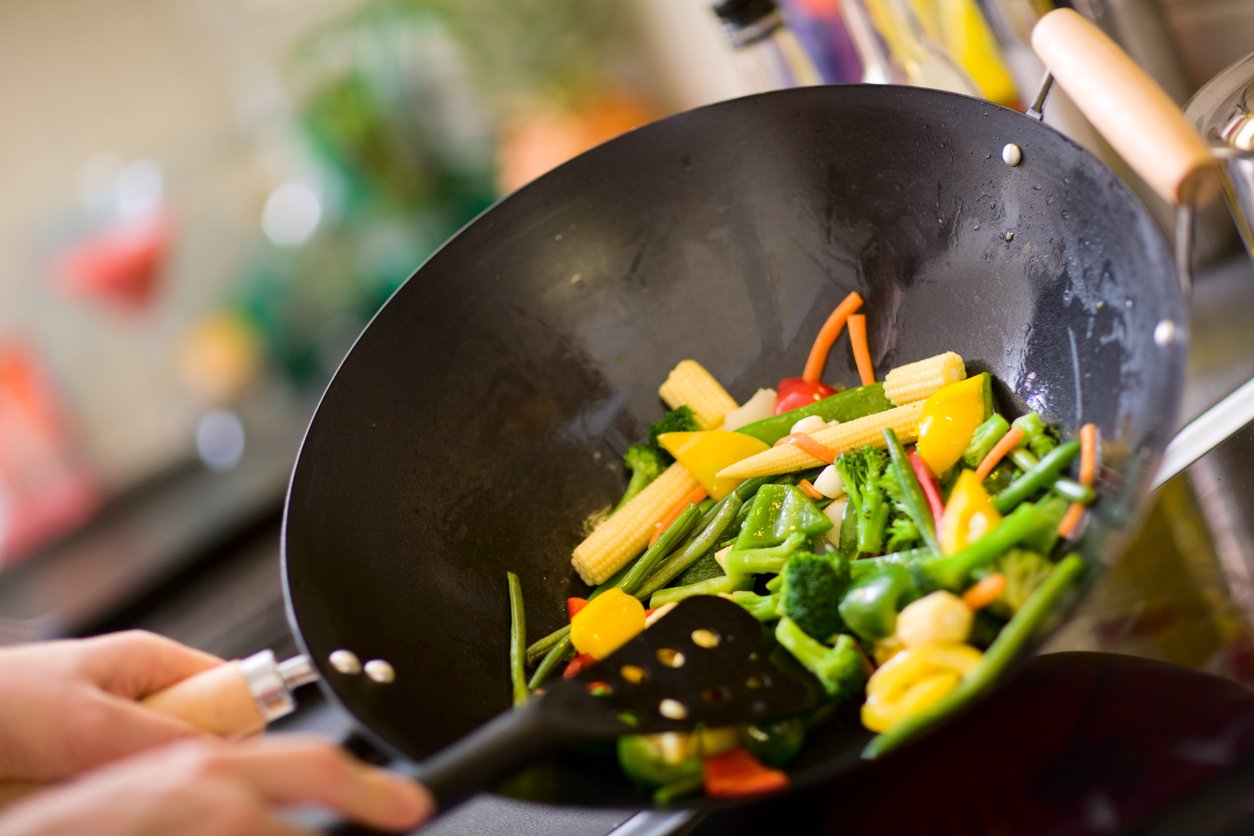


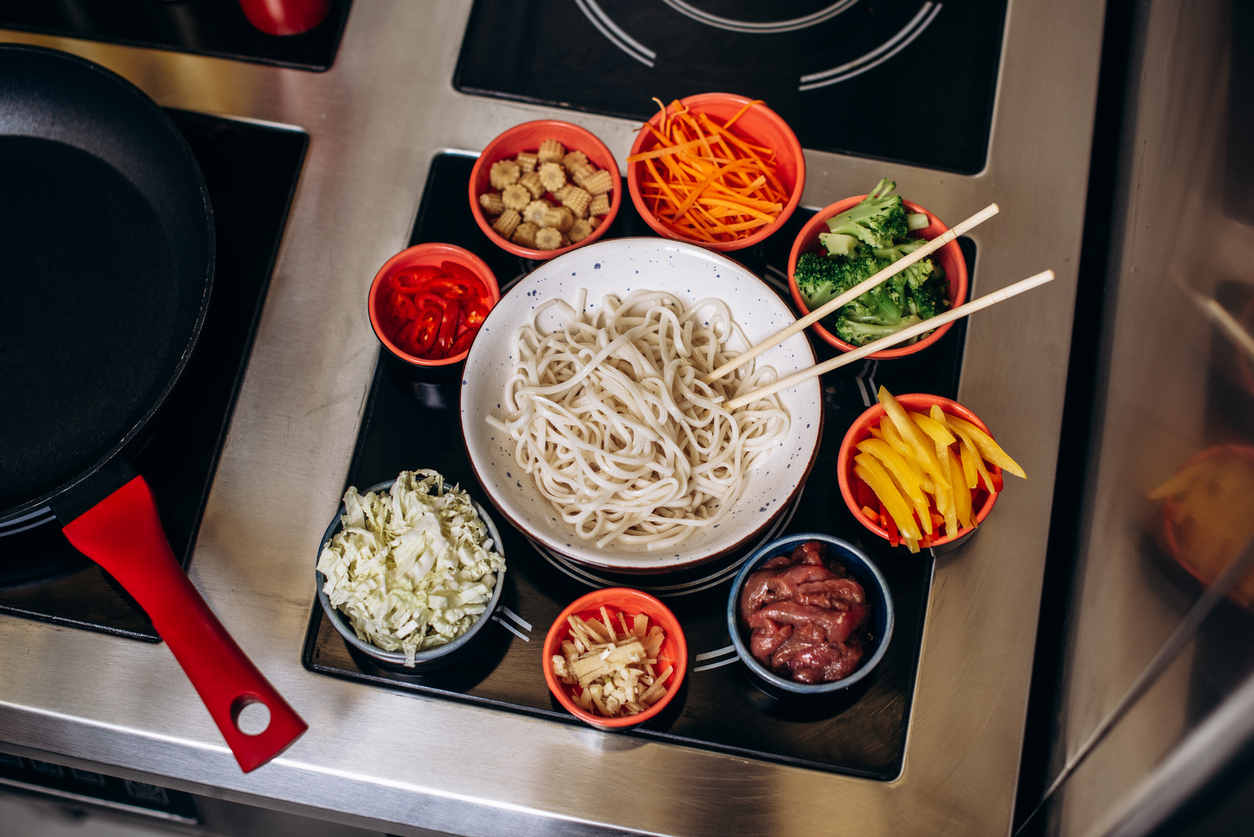
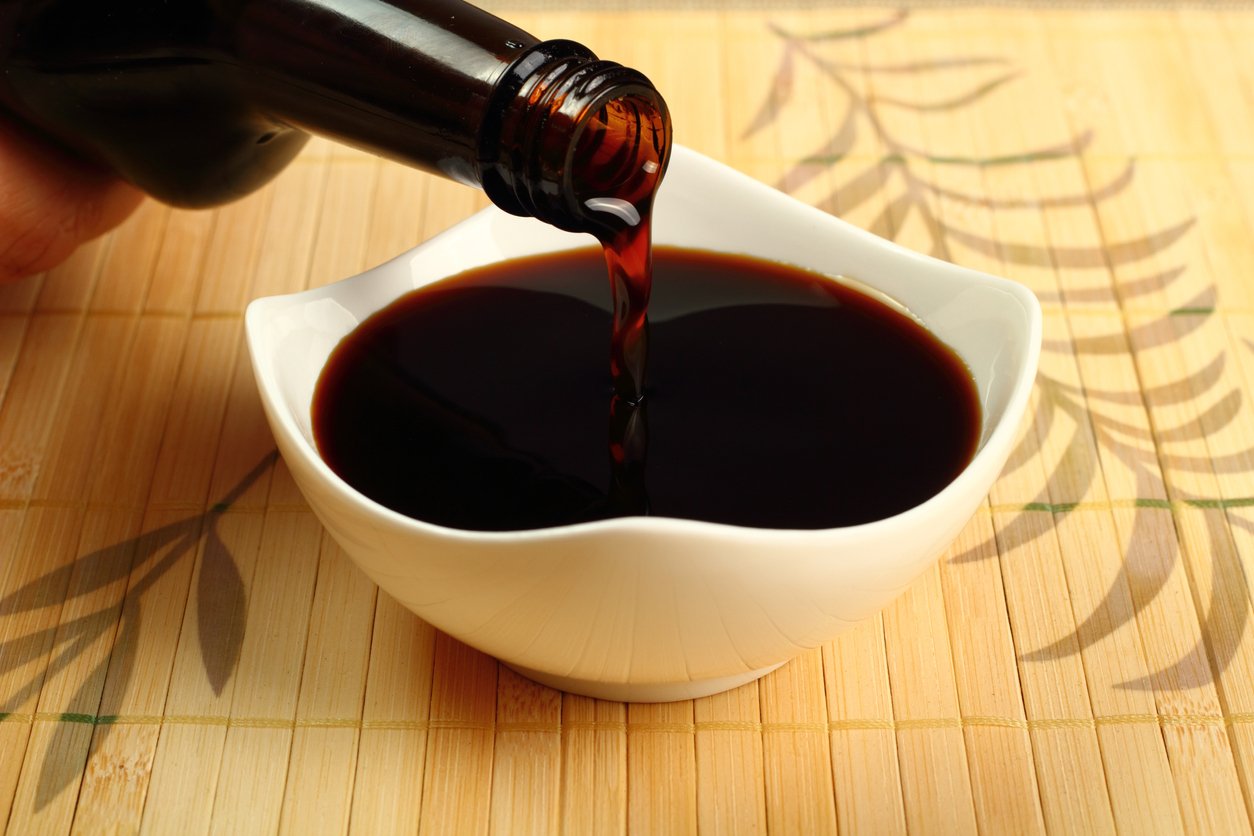

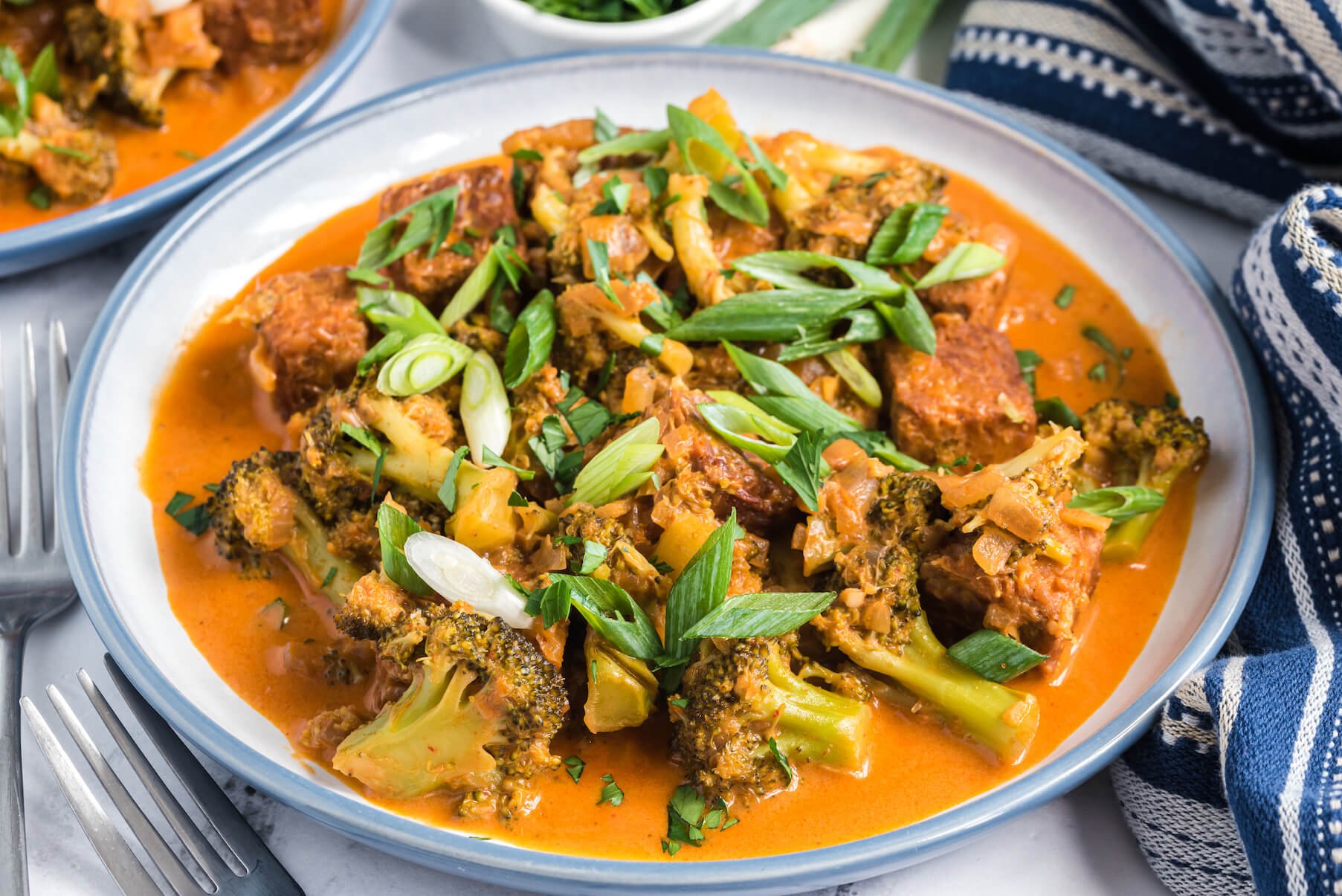
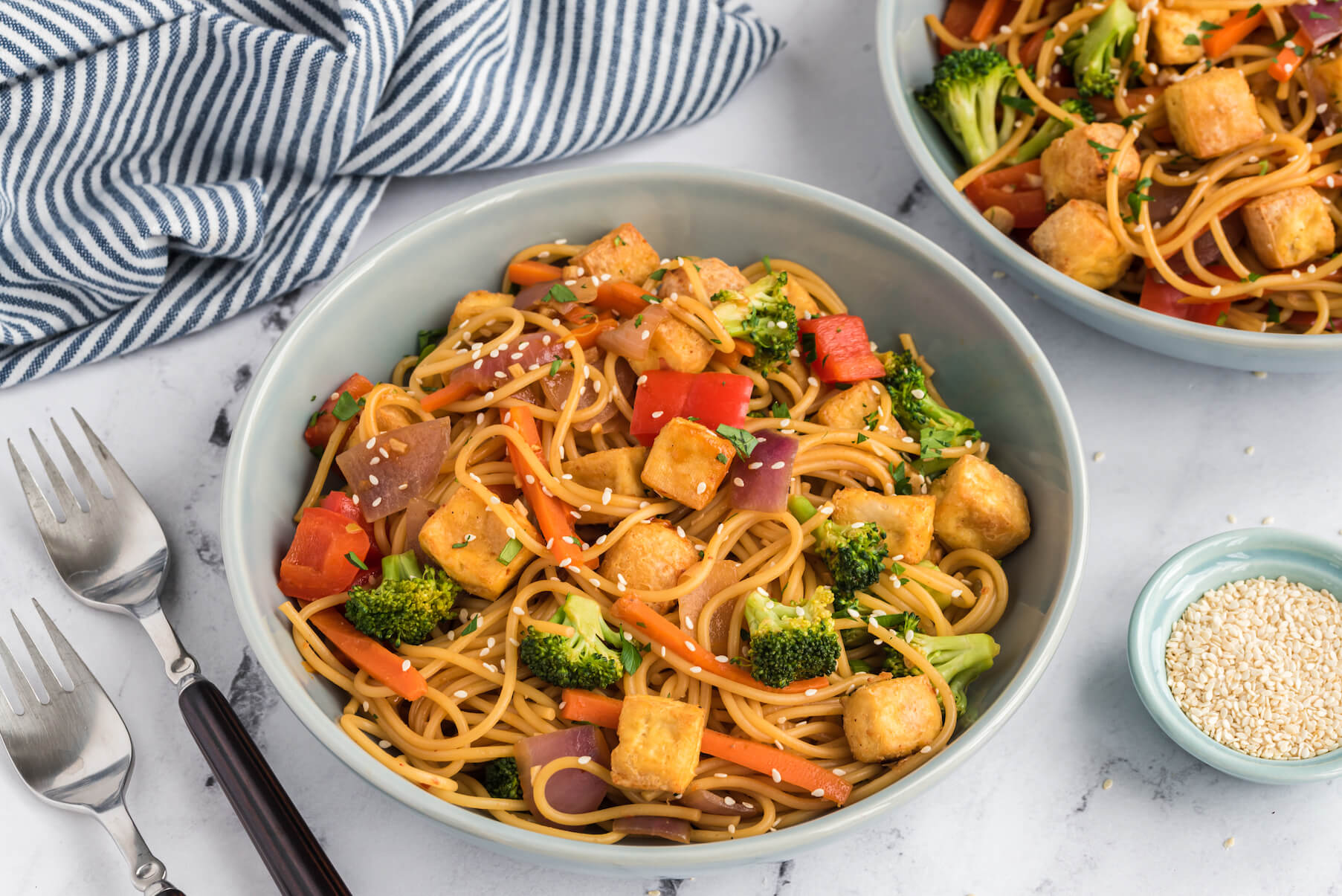
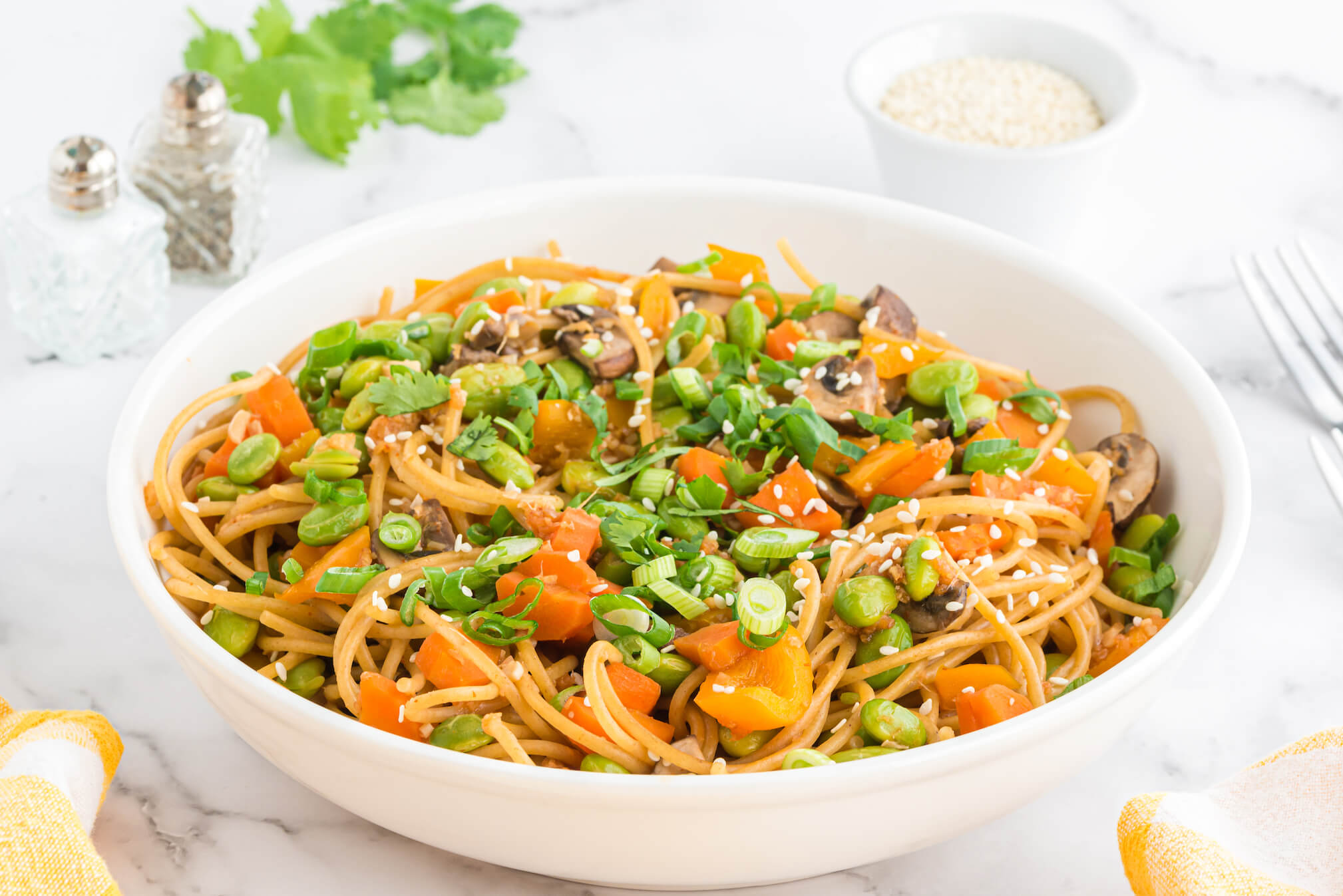 Feeling inspired to think outside of the stir-fry box? Ginger Carrot Edamame Noodles are an updated twist on traditional Asian noodle flavors. Bright, colorful, and full of flavor in every bite, this dish serves up protein, fiber, prebiotics, probiotics, and plenty of phytonutrients. There’s no shortage of plant-based goodness here!
Feeling inspired to think outside of the stir-fry box? Ginger Carrot Edamame Noodles are an updated twist on traditional Asian noodle flavors. Bright, colorful, and full of flavor in every bite, this dish serves up protein, fiber, prebiotics, probiotics, and plenty of phytonutrients. There’s no shortage of plant-based goodness here!